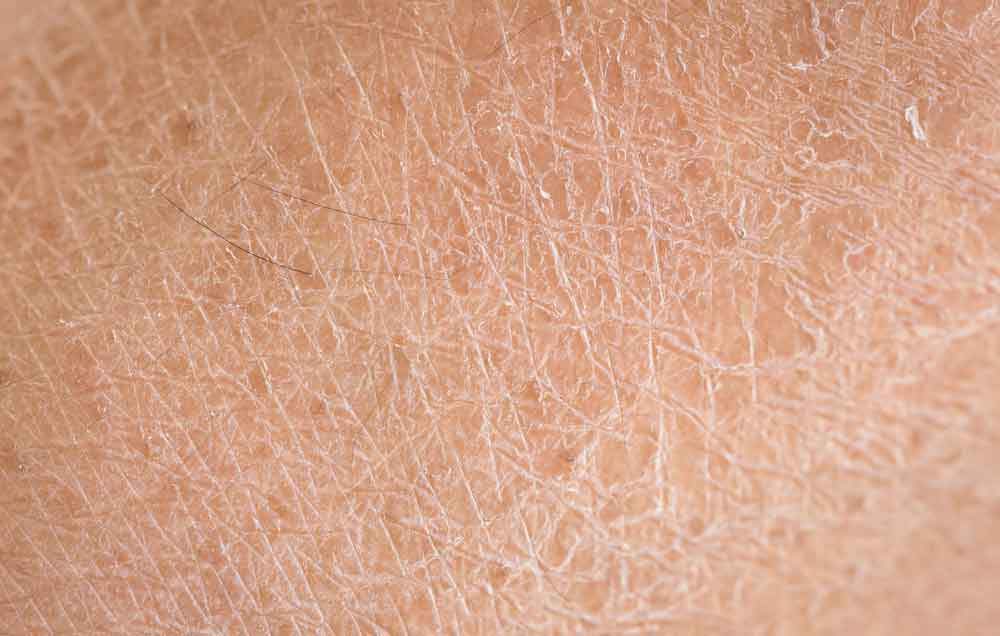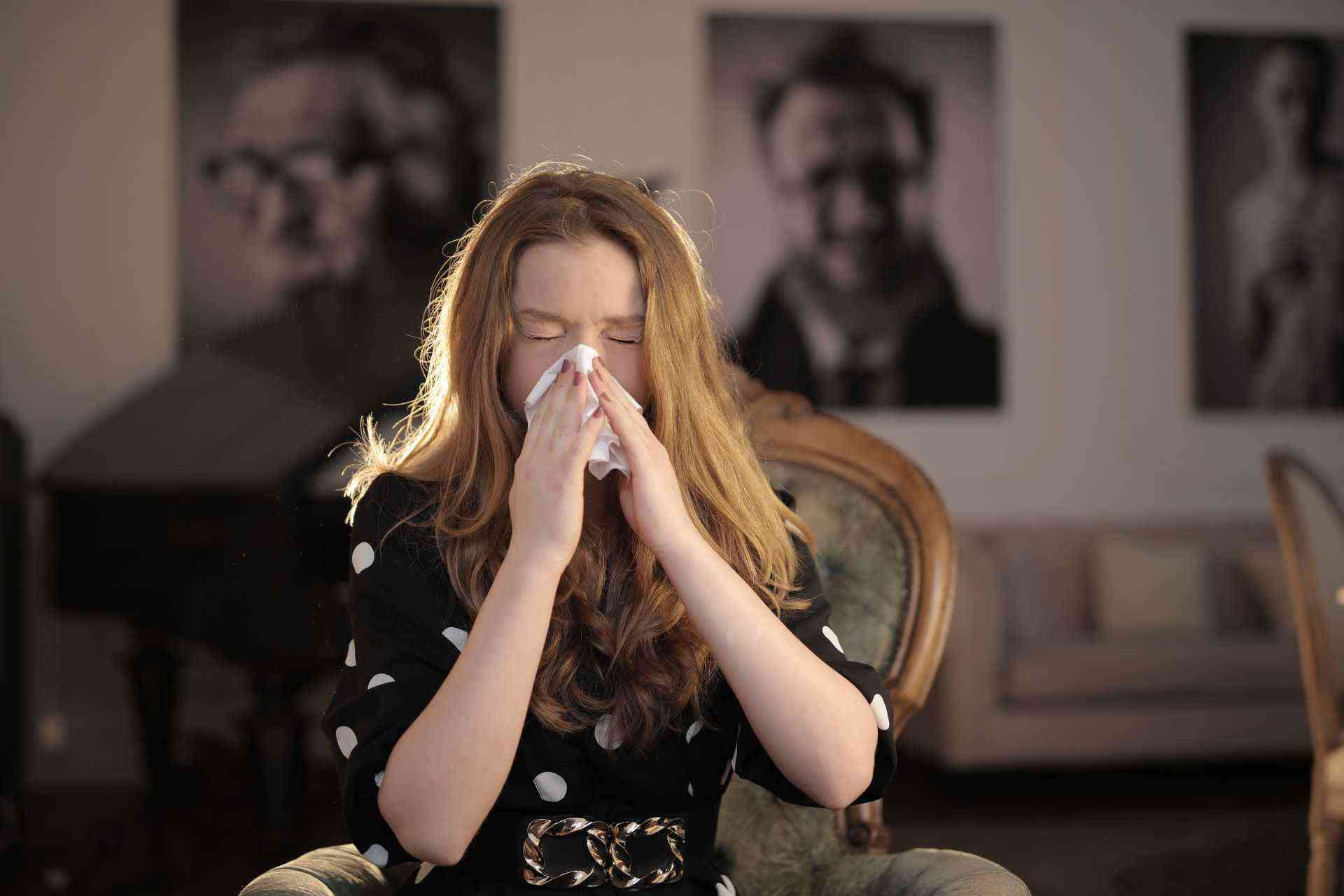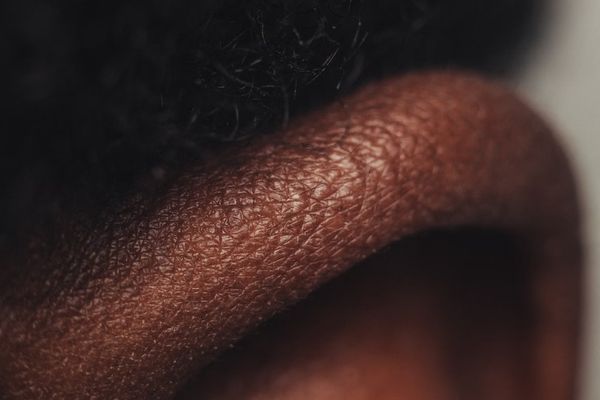What happens when your skin starts working overtime? Yeah, sounds kind of sci-fi-ish right? Today we are going to explore a little bit about Ichthyosis Vulgaris, a genetic disorder that makes your skin go rogue and force you to do some extra work to keep it happy.
The word “Ichthyosis” means “fish” in Greek. Don’t start picturing yourself sprouting scales already. Ichthyosis earns its nickname, “fish scale disease,” because it leads to dry, scaly patches of skin. Ichthyosis vulgaris is the most common form of ichthyosis, affecting about 1 in 250 people. Although it’s not a contagious or life-threatening condition, at times it can be an annoying skin issue to deal with.
So, what’s the deal with Ichthyosis Vulgaris? It all comes down to your genes or in some cases, a not-so-welcome twist of fate. The condition is usually inherited in an autosomal dominant pattern, meaning you only need one parent to pass down the gene for it to show up in you. If you’re the lucky recipient of this genetic lottery your body struggles to shed dead skin cells effectively. Instead of sloughing off like it’s supposed to, the skin cells pile up and creates those trademark scales.

Aaaaand wait, there’s more! In some cases, Ichthyosis Vulgaris isn’t genetic at all. It can also be acquired later in life due to factors like certain medical conditions (hypothyroidism or kidney disease) or medication side effects. Either way, the result is the same: dry, flaky skin that feels like it’s constantly auditioning for a winter-themed spa commercial.
The Mechanisms: What’s Going on Beneath the Surface?
Now, let’s zoom in on the nitty-gritty science behind the flakiness. Your skin has a natural process called keratinization, where it forms a tough protective layer made of keratin protein. In people with Ichthyosis Vulgaris, this process hits a snag. The genes responsible for producing filaggrin which is essential for maintaining your skin barrier are either missing or malfunctioning. Without enough filaggrin, the skin barrier weakens, and dead cells start to accumulate on the surface instead of being shed. Think of it like a conveyor belt at a factory that’s slowed to a crawl; the products (in this case, skin cells) keep piling up! This impaired barrier also means your skin struggles to hold onto moisture, which is why dryness is one of the hallmark symptoms. The result? Scaly patches that are most commonly found on your elbows, knees, lower legs, and hands. Interestingly, while the condition is genetically inherited in an autosomal dominant pattern, its severity can vary widely even among the affected suggesting that environmental factors and other genetic modifiers may also influence the phenotype.
Peeps with Ichthyosis vulgaris display a range of symptoms that typically begin in early childhood. The hallmark feature is the presence of fine, white or gray scales, most commonly on the surfaces of the limbs and the trunk. In many cases, the skin on the face and flexural areas tends to be less affected, which can sometimes aid in distinguishing it from other types of ichthyoses.

While Ichthyosis Vulgaris is primarily a cosmetic condition, its effects can go beyond the surface. For starters, the dryness can be downright uncomfortable, especially during winter when the cold air zaps every last drop of moisture from your skin. What’s more is that the implications aren’t just physical, there’s an emotional toll too. The visible nature of the condition means that it is not just a personal health issue, it can also impact how individuals are perceived and treated in social and professional environments. Dealing with such a visible skin condition can take a hit on your self-esteem, especially in social settings. After all, nobody likes being asked, “What’s wrong with your skin?” for the hundredth time, right?
Coping With Ichthyosis
Lifestyle Adjustments
If you’re dealing with Ichthyosis Vulgaris, it’s all about incorporating a skincare routine that’s as committed as a rom-com protagonist in the final act. The good news? Small lifestyle tweaks can make a massive difference in managing this condition. Let’s dive a bit deeper, shall we?
- Hydration is Your BFF: When your skin is dry hydration is a full-time job. Regular moisturizing is crucial to keep dryness at bay. Look for thick, emollient creams or ointments with ingredients like urea, lactic acid, or glycerin. These ingredients help draw moisture into the skin while softening those annoying scales. Moisturizing agents should be applied right after showering to lock in the moisture.
You may want to skip the scented lotions. Sure they smell divine, but they can irritate the dry skin. Sticking to fragrance-free products that prioritize function over fragrance is a good idea. - Gentle Cleansing Only, Please: Harsh soaps and long, steamy showers are enemies of your skin barrier though at times they may feel luxurious. You should opt for mild, fragrance-free cleansers and keep your showers short and warm (not scalding hot). Bonus points if you can take a lukewarm shower in the middle of winter—your skin will thank you.
- Exfoliation: Exfoliation is like a double-edged sword if you have ichthyosis vulgaris. On one hand it can help reduce scaling while overdoing it can irritate and damage your skin. The trick? Use gentle exfoliants like a soft washcloth or mild chemical exfoliants with alpha-hydroxy acids (AHAs). Skip the aggressive scrubs, your skin isn’t a car that needs buffing. 😉
- Humidify Your Space: If you’re living in a dry climate or just ‘surviving’ winter; investing in a humidifier can be a game changer. Adding moisture to the air helps prevent your skin from drying out further. Think of it as creating a spa like oasis for your epidermis.
- Stay Covered in the Cold: For dry skin cold weather is like kryptonite. Bundle up with soft, breathable fabrics like cotton to protect your skin from the elements. Wool may be trendy, but it can cause irritating so sticking to less irritating materials is a good idea.
:max_bytes(150000):strip_icc()/ichthyosis-29-333fb81846334cd79084dba081c2d595.jpg)
Medications: When Your Skin Needs Extra Help
While lifestyle changes can work wonders, sometimes your skin needs a little extra TLC in the form of medication. Here are some common treatments that dermatologists may recommend:
- Topical Treatments: No surprises here; creams and ointments are usually the first line of defense. Prescription-strength moisturizers often contain urea or salicylic acid to help break down the scales more effectively. Retinoids (yes, those miracle anti-aging ingredients) are another option to help regulate skin cell turnover. Just be sure to follow your dermatologist’s instructions since these can sometimes irritate the skin if not used properly.
- Oral Retinoids: In more severe cases, oral retinoids like acitretin might be prescribed. These medications work from the inside out, helping to normalize skin cell turnover and reduce scaling. While effective, they come with potential side effects (like dryness in other areas; oh, the irony), so they’re usually reserved for more stubborn cases.
- Antibiotics or Antifungals: If cracks in the skin lead to infections, a physician may prescribe antibiotics or antifungal medications to clear things up. This isn’t a long-term solution, but can help address complications if needed.
- Experimental Therapies: While traditional treatments work for many, research efforts are directed to exploring new options for managing Ichthyosis Vulgaris. Gene therapy and advanced topical agents are on the horizon, so keep an eye on emerging science for updates.
Wrapping It Up
Living with Ichthyosis Vulgaris might feel like a constant battle against your own skin, but with the right approach, you can keep the flakes in check and live your best life.
Hydration, gentle care, and the occasional dermatologist visit (if needed) are your best allies. And don’t forget the power of humor because sometimes, the best way to deal with a challenging condition is to laugh at its absurdity. So, whether you’re moisturizing like a pro, rocking your humidifier game, or exploring new treatment options, know that you’re not alone in this journey. Your skin might be a little high-maintenance, but hey, aren’t we all?
Stay hydrated, stay fabulous, and may your scales always be soft and manageable.




